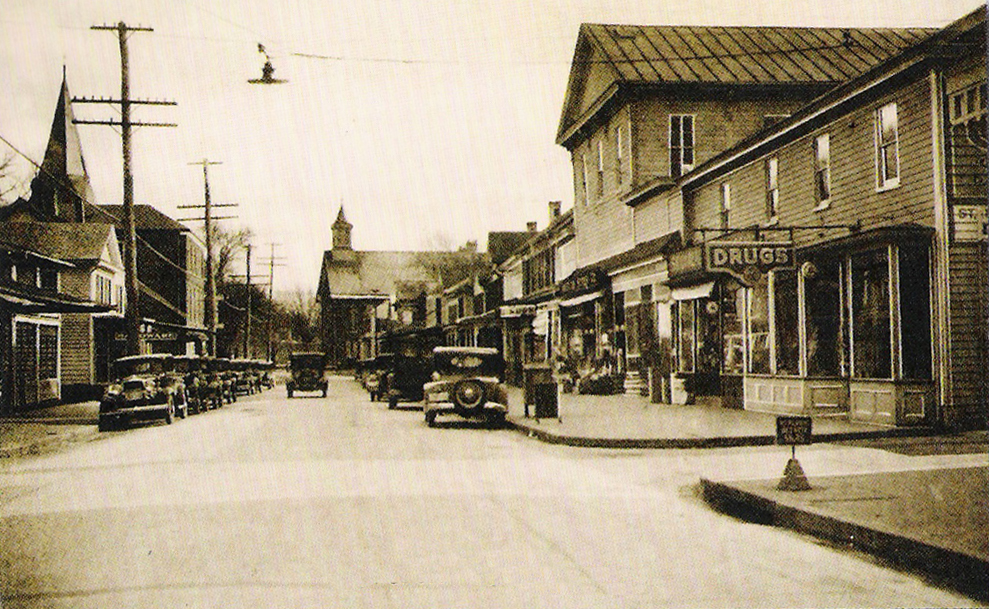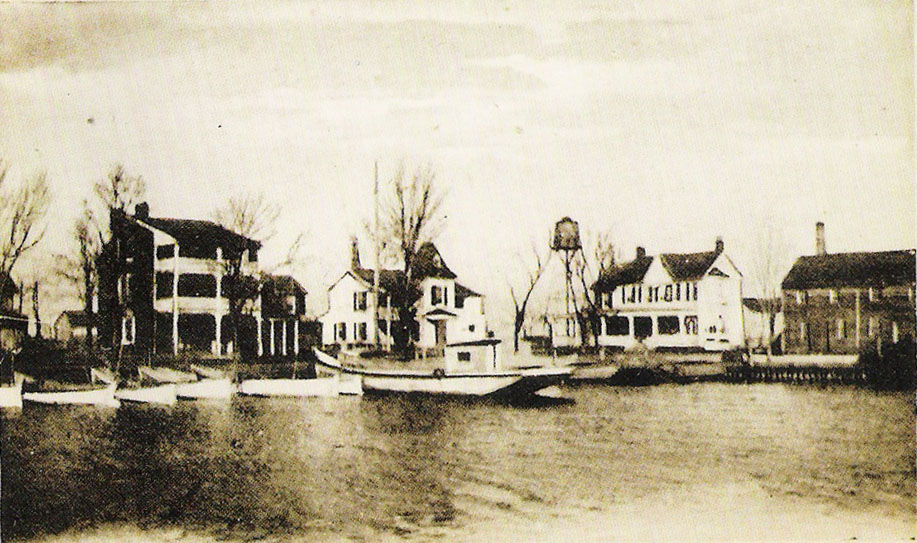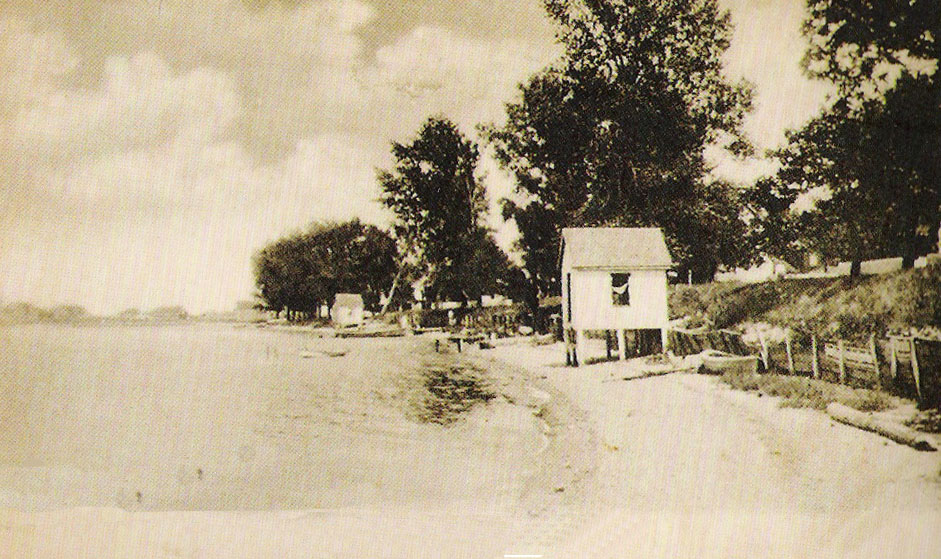It would appear that our choice in five months is between two folks who are prone to foot-in-mouth disease. President Obama earned election in 2008 on the strength of his words and a concept (Hopinchange) . The same strategy will not work in 2012. Re-election is about the ability to run on your record, or to at least discredit your opponent’s record. While our die-hard friends on the left may disagree, even the inner-circle at 1600 Pennsylvania Avenue, N.W. realizes that the latter strategy has a better chance come November.
Much like his running mate, President Obama is boxed in by his words. Even a story with a positive spin rings hollow if one wants to do their homework. For example, Rex Nutting of Marketwatch <ahref=”https://www.marketwatch.com/story/obama-spending-binge-never-happened-2012-05-22″>(WSJ)andhis recent spinning of the President as a deficit hawk comes as great news to the administration. Federal spending has increased at the lowest rate since the Eisenhower administration.
While that spin plays well with the “read the headlines” voters, the undecideds who want to apply some critical thinking would have a few things to say about it. For instance, one would really have to do something unprecedented to grow spending at a noticeable rate after the 2009 bailout bonanza. Since the bailouts were supposed to be a one-time rescue program with payback provisions, any increase means that the spending has been duplicated elsewhere. It also helped that the Iraq withdrawal was already scheduled for 2011.
Regardless of the inherited situation, Greece, the weather, etc, there are several troubling trends occurring and the administration doesn’t seem willing to tackle them. Debt versus GDP is at 100 percent. Government spending versus GDP is stalled at 24 percent (by contrast Clinton left office at an ideal 19 percent). To use the lingo of climate scientists, the administration wants credit for changing the graph from a hockey stick to a sand wedge.
It would be akin to Norv Turner’s first year as coach of the Washington Redskins. Norv took over a team that lost twelve games and proceeded to lose thirteen. Could you imagine if Turner claimed success by slowing the rate of the increase in losing? The writers of the Washington Post’s C section would never allow that to happen. But A sections across the country have run with the Nutting spin.
Of course, all of Nutting’s analysis fails to account for the election of 2010. Spending is scheduled to fall in 2013 by 1.3 percent, that is correct, but weren’t the drivers of that summer 2011 budget deal the ones who had to listen to the President tell them how irresponsible they were for not simply raising the debt ceiling as had been done many times over (duh, the blank check was sort of the problem)? Now the President wants sole credit for a deal he would have never made with the Pelosi congress.
Even the President’s own words box him in on the spending issue. The President wants to claim the mantle of fiscal hawk when it is in vogue; however, his feelings on the government’s role as economic engine were made quite clear. To laughter and applause at a February 5,2009 gathering of the House Democratic conference, President Obama doubted spending-weary skeptics of his stimulus plan by saying, “So then you get the argument, well, this is not a stimulus bill, this is a spending bill. What do you think a stimulus is? That’s the whole point. No, seriously. That’s the point.”
If the President had four years of doing things his way, do you think Nutting would have come to the same conclusion? The President seems to favor what I call “liquid soap economics.” (Crazy Troup’s Corner analogy warning) Did you know that one pump of liquid soap and sanitizer will accomplish the task you want it to accomplish? Most people pump three times, because if two milliliters are good, then six must be better. Soap companies like this because restaurants and other facilities have to reorder the product three times faster than they need to.
The point is, money printers have to keep going back to the presses to constantly keep up with the side effects of printing it. As long as certain groups are under the impression that they are better off with the printing presses turned on, they’ll endorse the spending spree. This is why there are folks out there who say the stimulus wasn’t big enough (translation: I didn’t get mine).
Accounting for recent events, the big picture is this -government a la Washington, or government a la Wisconsin? The administration was eerily silent on the Wisconsin front. Why? If he chooses government a la Wisconsin, he abandons his base. If he chooses government a la Washington, he has to give back Mr. Nutting’s golden fiscal championship trophy.
So what’s left? If you said, “Denounce the Romney record,” you win. Even so, that comes with its own risks…
.








